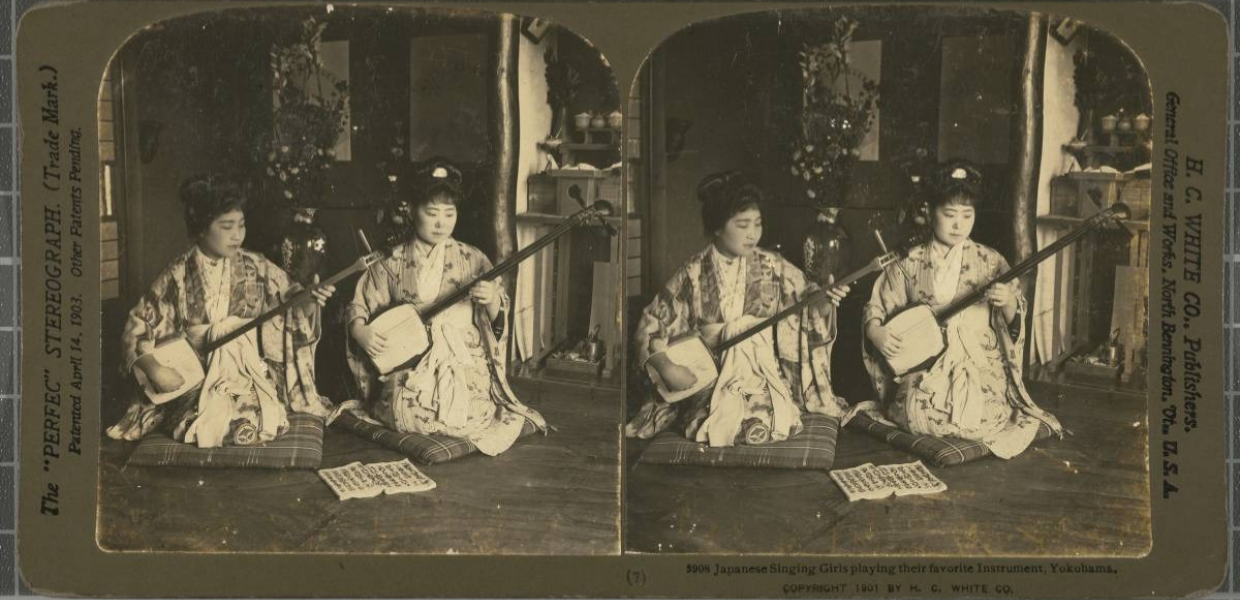Analysing Intellectual Property frameworks
The inDICES project aims to support cultural and creative industries, policy-makers and decision-makers to understand the social and economic impact of digitisation of cultural heritage. This goal is partly being realised through a legal study (shortly available on the inDICES platform) describing how the current and upcoming European Intellectual Property (IP) legal framework affects the activities of cultural heritage institutions.
In a previous analysis we addressed the impact of different IP regulations and the new rules of the Open Data Directive. Now, we present the findings of our second, most recent, report ‘Legal comparative analysis for multi-level relationship involving CHIs’. It provides an overview of national IP laws applicable to cultural heritage institutions in Belgium, France, Lithuania, Poland, Spain and Sweden.
Exceptions and limitations
We selected and reviewed the following exceptions and limitations to copyright (acts for which no prior authorisation from the rightowners is required) as being most relevant for a cultural heritage institution’s activities:
the preservation exception, allowing for the creation of copies of works in collections;
the exception that permits the communication of works through dedicated terminals on an institution's premises;
the use of protected works for advertising their exhibitions or sales;
the exception that allows cultural heritage institutions to perform activities of text and data mining.
We found that, because the Infosoc Directive does not oblige national legislators to include these exceptions in their national law, a variety of solutions could be found in the different Member States. None of the countries we examined had implemented all the suggested exceptions. The single exception that has been implemented in all was the preservation exception.
However, the new CDSM Directive, once implemented, will improve the situation with regards to both the preservation exception and the text and data mining exception as they will be mandatory and subject to similar conditions for their application.
Types of works relevant for cultural heritage institutions
The second part of the report reviewed the copyright laws in the selected countries by types of works. We focused on out-of-commerce works (‘OOCWs’), orphan works, and the protection of non-original photographs. Our study showed that the CDSM Directive has set up a new regime allowing for the use of OOCWs which may offer interesting new exploitation opportunities for cultural heritage institutions. However, the concrete application of the regime will depend on national situations, as different rules apply in cases where representative collecting organisations exist or not.
Despite the harmonisation of the legal framework governing orphan works, the uses of such works remain considerably burdensome in practice and is therefore the subject of much criticism by cultural heritage institutions in all jurisdictions.
The protection of non-original photographs is especially relevant for the creation and/or protection of digital surrogates. The matter, however, remains unharmonised at the EU level which leads to substantial differences in the scope and duration of protection of such photographs in the Member States. This unharmonised situation will change (only in relation to works of visual arts) once Article 14 of the CDSM Directive is implemented at national level, as it precludes protection for non-original reproductions of works of visual arts in the public domain.
The report also explores problems resulting from further non-harmonised copyright rules in EU countries that may impact on activities of digitisation, online content sharing and transformative uses of works by and for cultural heritage institutions. Other diverging national provisions relate to differences in the duration of protection for particular works (like posthumous works) and specific regulations diverging the copyright domain that aim at protecting works of art.
Find out more
The complexity of copyright rules and the lack of (full) harmonisation of EU copyright law undoubtedly creates obstacles for cultural heritage institutions who want to go digital and to develop their activities in the information society. The inDICEs project aims to help them overcome some of these challenges by providing guidance on how to navigate a complicated copyright landscape, evaluating the current legal framework and providing recommendations. We will carry out research on licensing practices and how cultural heritage institutions share their content online, and will closely monitor the implementation of the CDSM Directive and the Open Data Directive in the selected jurisdictions. Stay tuned and follow news on the project website!
To find out more, you can also join the inDICES’ project’s second consultation workshop on digital transitions in the cultural heritage sector, which will be run through two online sessions on 20 and 21 April. The first session aims to explore emergent forms of digital cultural production/re-production, participation and re-use of content in the Digital Single Market. The second session provides a brief introduction to rights management in cultural organisations, and focuses on sharing collections sustainably and meaningfully.



